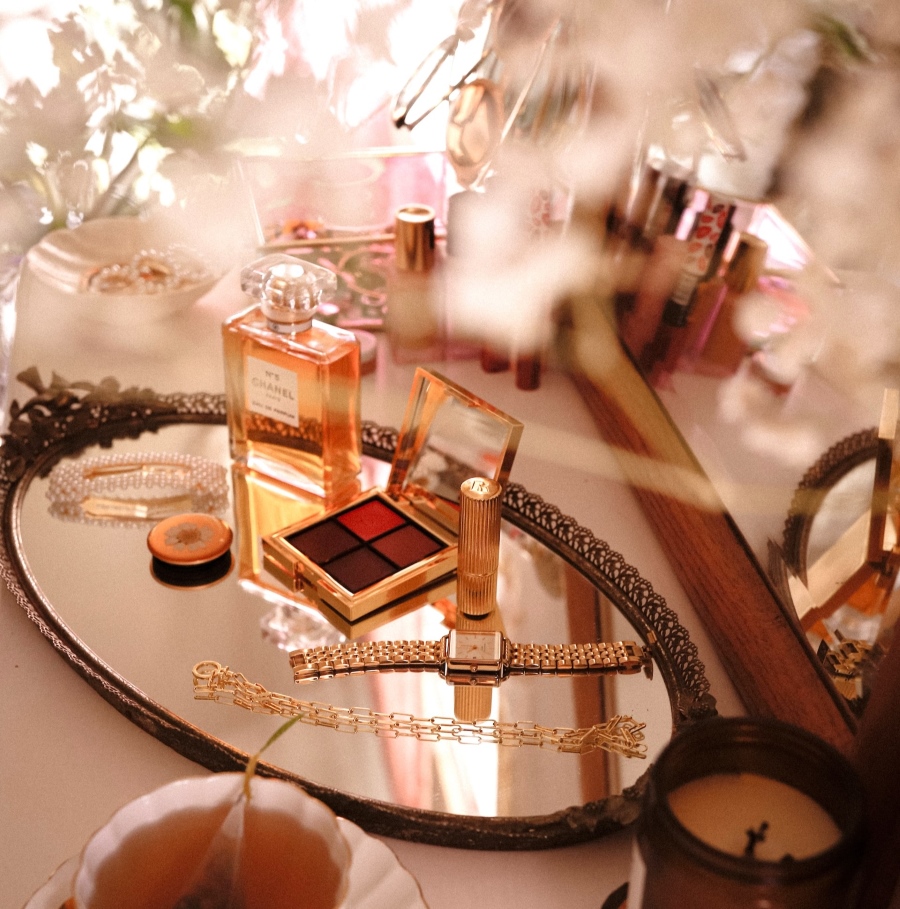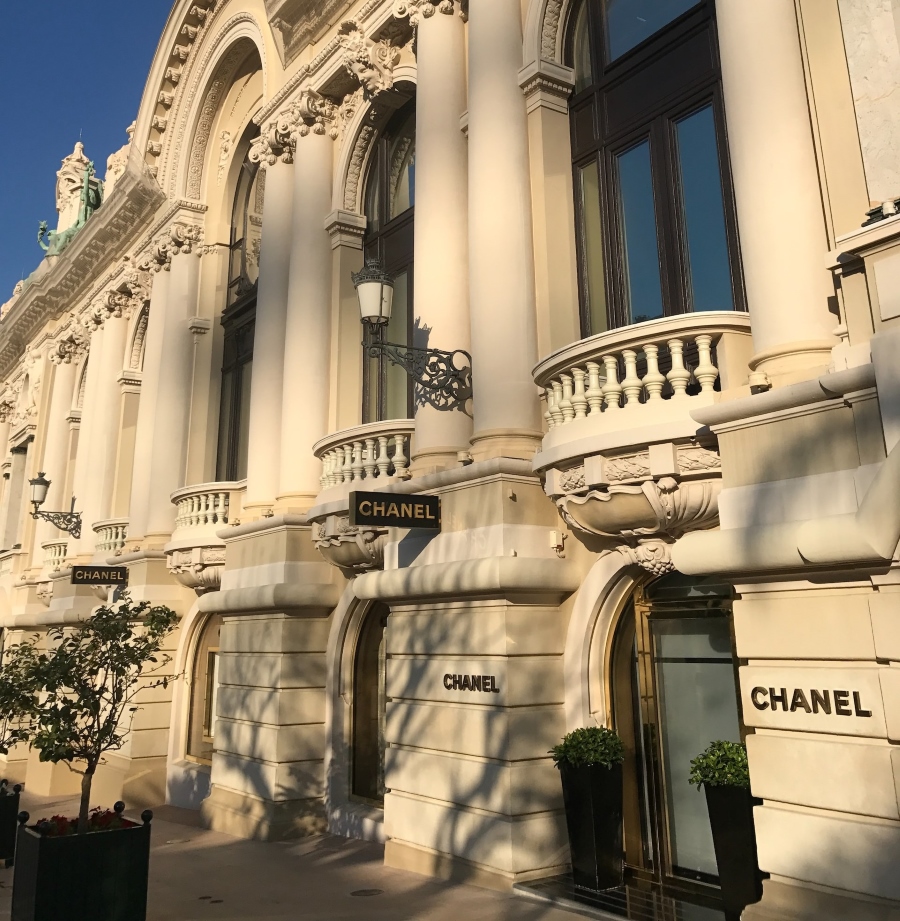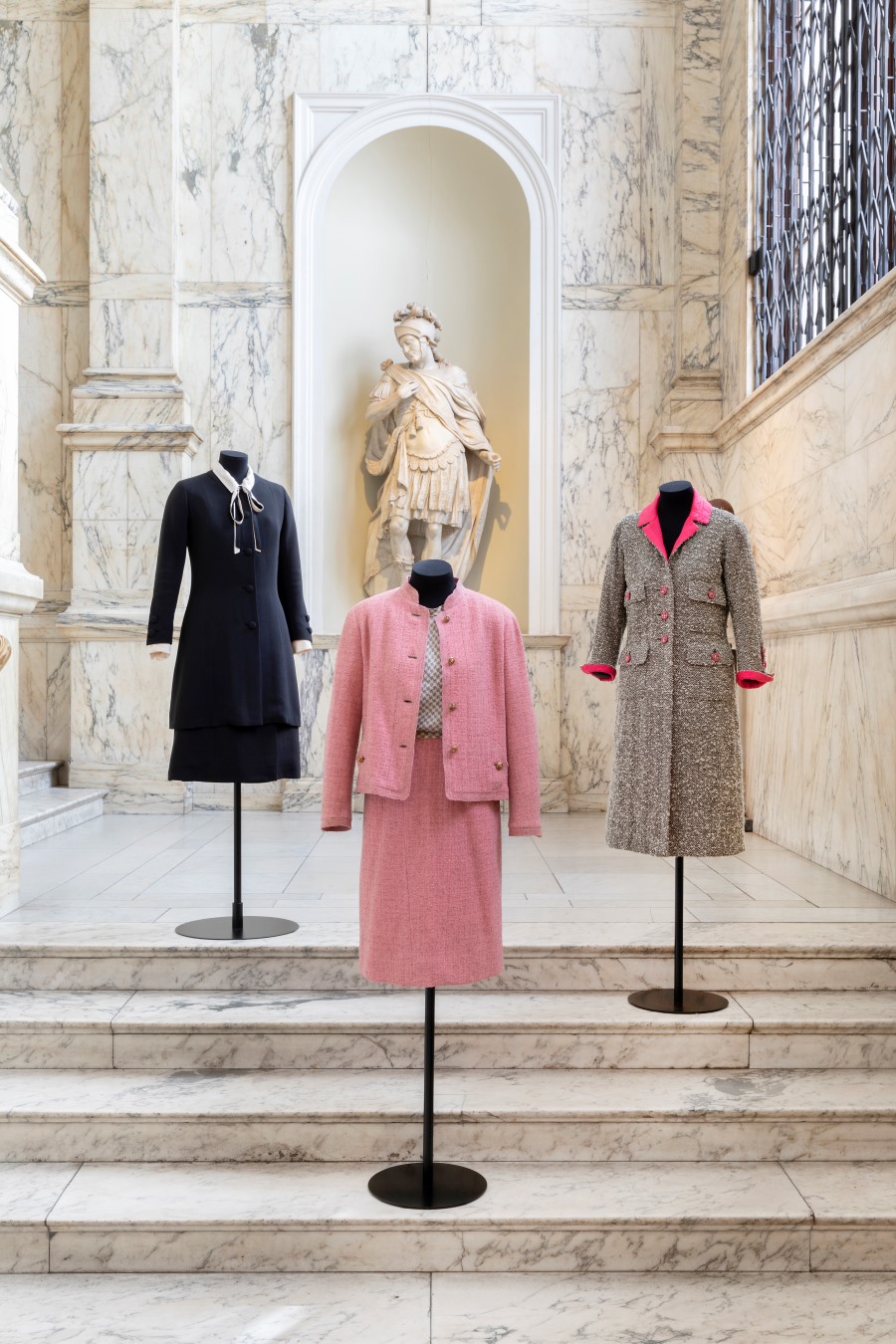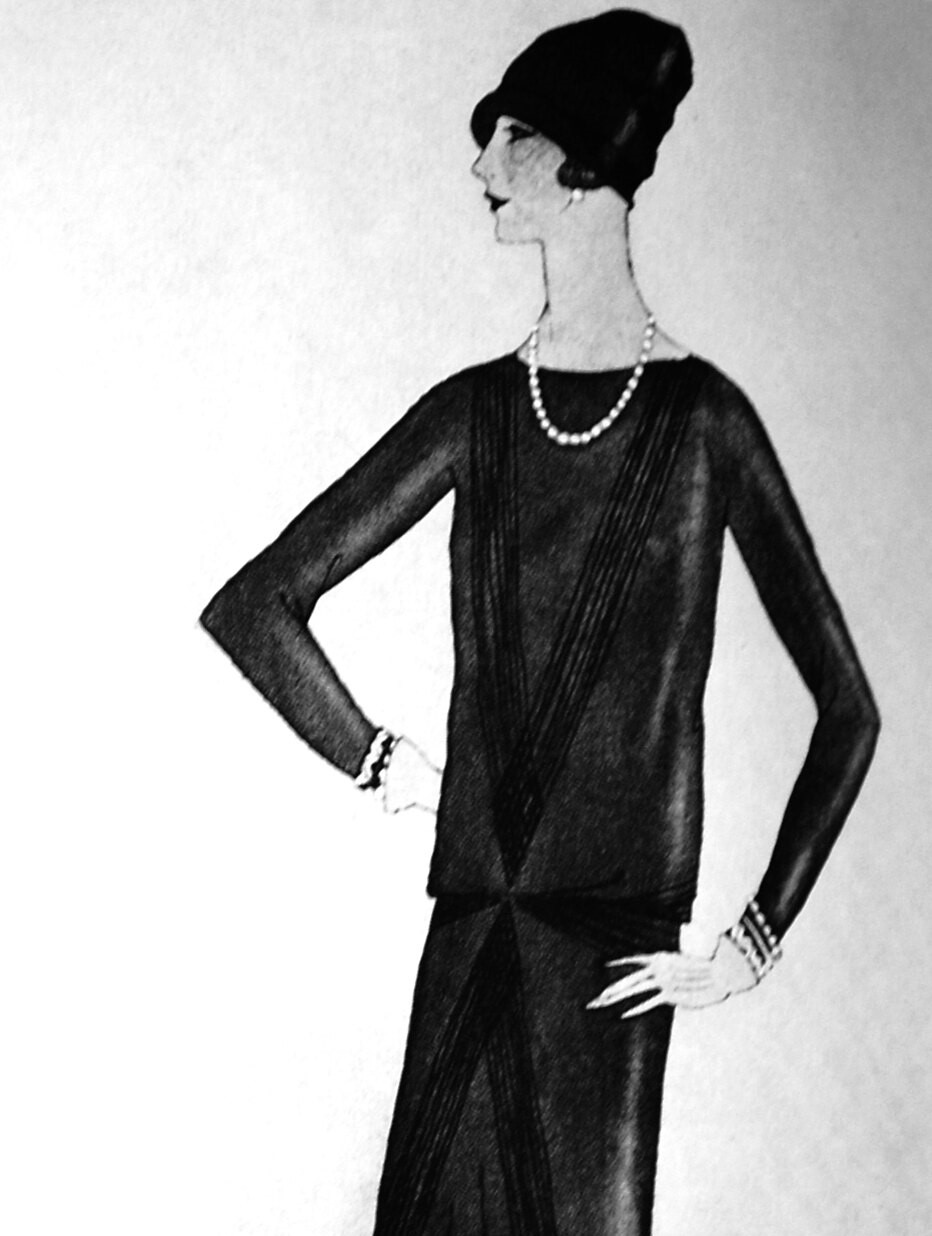
Coco Chanel: How the world's most famous designer left a complicated legacy
When you think of the Chanel brand, it will most definitely conjure up images of opulent and refined luxury items. Yet in 1913, when the brand was born, the average Parisian hadn't heard of it. Here we delve into how Gabrielle Chanel came to make world-renowned designs.
Key moments in Gabrielle Chanel's life
 Coco Chanel © Wikimedia Commons
Coco Chanel © Wikimedia CommonsGabrielle Chanel, or "Coco", as she was known, was born into poverty in the French countryside in Saumur, Maine-et-Loire to a mother who sadly died when she was just 11 and a father who placed the young Chanel up for adoption. So how did this poor orphan manage to change the fashion industry forever, becoming the Queen of Parisian luxury?
It was while living in the orphanage that Chanel first discovered the art of sewing. Chanel would make use of these skills after leaving the orphanage where she found work as a seamstress and hostess and even sang cabaret at Moulins and Vichy. It was in Moulins where Chanel began to mingle with the rich and famous, becoming the mistress of textile heir Étienne Balsan. She would later also begin a relationship with English captain Arthur Edward Capel. It was through Capel’s sponsorship that Chanel would begin to build her fashion empire, first with a few shops selling leisure wear and casual clothes.
The House of Chanel's opening
 Gabrielle Chanel, 31 rue Cambon, Paris, 1937. Photo by Roger Schall
Gabrielle Chanel, 31 rue Cambon, Paris, 1937. Photo by Roger SchallIn 1910, at 21 Rue Cambon in Paris, Chanel opened her first store named ‘Chanel Modes’ which was financed by Capel. Originally a hat store with designs made by Chanel through her sewing skills and vision of luxury meets casual, it soon began to expand due to interest from European celebrities who began endorsing her style, such as famed French actress Gabrielle Dorziat who was often seen wearing Chanel hats. This celebrity endorsement greatly benefited Chanel who in 1913 would open a second shop in Normandy, this time incorporating more sportswear but maintaining the casual ascetic that was making waves within French society. Women no longer wanted to wear the rather restrictive attire and wanted the openness and freedom Chanel products were offering. In 1918 Chanel opened the world-renowned store on 31 Rue Cambon which has remained Chanel HQ to this very day.
Chanel’s four timeless classics
Photo 1 - © Victoria and Albert Museum, London; Photo 2 - Original 1926 Vogue illustration © Maaike Gottschal
1. Little Black Dress
Chanel would go on to dominate the fashion world during the Great Depression. In 1926 Chanel released to Vogue the image of the now renowned Little Black Dress. Inspired by the romantic and prestige the colour black once held such as during the romantic period when black was the colour of romance and poetry, the dress was both economically more feasible for those suffering the worst from the Great Depression but was also celebrated amongst the more privileged elite who enjoyed the simpler design and how the colour black matched with any other design.
2. The Cardigan Jacket
Another revolutionary fashion statement was the cardigan jacket. Taking inspiration from men’s loose and free cardigan jackets, Chanel designed one of the original woman’s cardigans. These designs were created as Chanel hated having to wear the tighter-necked pullovers and wanted something far more casual for women to wear. Mimicking male cardigan designs, these were loose fit and far more gender fluid. While these designs were popular in 1920s France, it was in the 1950s and especially in America that woman began to adopt these styles, coinciding with the rapid role feminism was playing. Women no longer wanted to wear the constricting outfits attributed to them as before and were far more willing to experiment and cross-gender norms and these comfortable cardigan jackets offered the perfect way of female self-expression.
3. The Chanel Suit
The Chanel Suit was introduced in 1925 at her 31 Rue Cambon shop, and also emphasised the brand's gender fluidity and feminist ideals. Inspired by the sportswear Capel would wear (and which Chanel herself would wear as they were more comfortable for her), Chanel vowed to try and implement these designs to female-centred designs, using tweed fabric to construct the more comfortable and less restrictive suits. The tweed was also perfect for adding numerous colours and design patterns to the suits. Like the cardigan jackets, these would become incredibly popular during the 1950s.
4. Chanel No.5 Perfume
Chanel wasn’t just known as a fashion icon. One of the most important aspects of Chanel's history is the No.5 Chanel perfume. Created in 1921 by Ernest Beaux, Chanel tasked Beaux with creating a perfume which would be going against the two perfume norms at the time which represented respectable women or the women of the night. These limited women into these designated roles and Chanel wanted a perfume to represent the newly liberated women’s movement of the 1920s. Named after Chanel’s lucky number, the perfume was one of the earliest (and the one that popularised their use) to implement aldehydes alongside its 80 notes to create something more abstract, mystical, and complex. This was fitting for the new era of feminism around the world. When asked what she wore to bed, icon Marilyn Monroe famously replied,
I only wear Chanel No. 5.
The quote originates from a retelling by Monroe to Life Magazine in April 1952.
 Marilyn Monroe applying Chanel N°5, photograph by Ed Feingersh, 1955, New York. © Ed FeingershMichael Ochs Archives
Marilyn Monroe applying Chanel N°5, photograph by Ed Feingersh, 1955, New York. © Ed FeingershMichael Ochs ArchivesThe House of Chanel during the First and the Second World War
The evolution of the Chanel Brand could not be complete without mentioning the two World Wars. After the First World War, society forever changed and the old style of corsets and long dresses was seen as rather impractical in a war environment. This, along with the number of women joining the workforce to replenish the workers after men had left to fight in the war meant that the post-war society was brimming with new ideas such as existentialism, Marxism and of course, feminism. While not new, these ideas after such a chaotic and bloodied war made more people question the ideals they were clinging to and began to go against the old institutions such as religion, politics and gender roles.
These ideals would prove to be greatly beneficial to the upcoming fashion icon whose designs were noted for their going against the gender norms and uplifting women to be more
liberal and able to express themselves in ways they see fit. Women wanted to wear something not just practical but also comfortable. This is where Chanel shined, and it was after the war in the 1920s that Paris and later the world were ready for Chanel and her designs.
A dark turn: Chanel's Nazi connections
While these items were all revolutionary and placed Chanel in the history books for her bold new vision, it was during the Second World War and Nazi occupation of France that the Chanel story takes a darker turn, as the designer became a Nazi collaborator. This all stemmed from her love affair with Nazi officer Hans Günther von Dincklage. It was through him that Chanel would offer her assistance to the Nazi cause, allegedly acting as an agent and even being given the codename of Westminster. Her involvement with the Nazis means the Chanel legacy will be forever stained. And while many would choose to overlook her past and claim that it was due to fear of becoming a victim of the Nazi’s genocidal regime, it remains unclear how much of this ideology she followed out of fear or out of genuine admiration. There have been long-time allegations of antisemitism on Chanel’s part.
Christian Dior's involvement with the House of Chanel
After the war, when France was liberated, Chanel was interrogated over her Nazi involvement and allegedly, the former British Prime Minister Winston Churchill had Chanel freed and not prosecuted despite the allegations. Some say this was due to Churchill not wishing for Chanel to potentially expose the Nazi sympathies within the French and British elite. Chanel would later relocate to Switzerland.
This might have been the end of the story of a once great icon turned Nazi sympathiser now washed up and tainted by the stain of Nazism. That is if not for Christian Dior and his New Look movement of 1947. This New Look brought more liberation in terms of fashion for both men and women and was the beginning of modern fashion trends. However, many of the lead designers and leaders were men such as Dior, Jacques Fath and Robert Piguet. With the world now more receptive to her vision and feeling that men should not be the only ones to design women’s fashion, Chanel re-entered the fashion world, coming out with a comeback collection in 1954 and fully re-establishing herself as the Queen of fashion.
The Legacy of Coco Chanel
 Perfume No.5 © Unsplash
Perfume No.5 © UnsplashOn January 10, 1971, Coco Chanel died at the Hotel Ritz in Paris at age 87, leaving behind a legacy unmatched by many and still felt after all these years. She was a true believer that women should not be limited by the male gaze of designs and should embrace liberation, freedom of movement and the ideals of self-expression. While Chanel was not the first to embrace these ideas in fashion, she was the first trailblazer in this regard, ppening the door for many other designers to add to her already outstanding legacy as a fashion designer and trendsetter. To this day many celebrities still wear Chanel designs, and her perfume No.5 is one of the most popular and widely recognisable perfumes in the world.
The modern House of Chanel
In 2023, the House of Chanel remains a titan in the fashion world and its legacy is still enduring. In 2020 the Palais Galliera, the City of Paris Fashion Museum, presented the Gabrielle Chanel Manifeste de Mode exposition in honour of Coco Chanel and her designs. And in 2013, the second floor of 31 Rue Campon which was Chanel’s apartment was recognised by the French Ministry of Culture as a historical monument. The rest of House of Chanel remains open and is one of the centres of all things fabulous and beautiful in Paris but the world over and according to statistics by Tugba Sabanoglu done in December 2022, the company has amounted to approximately U.S.$15.3 billion and shows no sign of slowing down.
 © Unsplash
© UnsplashBut Chanel, like Ezra Pound and even currently Kanye West do pose the question of how legacy should be celebrated and represented. Should one’s work be able to overshadow any misdeeds the creator may have partaken in during their life?
While Chanel’s designs may have liberated many women from the confides of tight neck holds and corsets, she was also responsible for supporting an ideology that was far more restrictive of the rights of other people, particularly minorities and those killed during the Holocaust. Chanel will continue to be a household name, its negative associations having been erased by Karl Lagerfeld, but it is important not to forget who the creator was.
For more fashion inspiration, also read about the new brands taking the fashion industry by storm.
Credits for the Main photo: Gabrielle Chanel, 31 rue Cambon, Paris, 1937. Photo by Roger Schall


